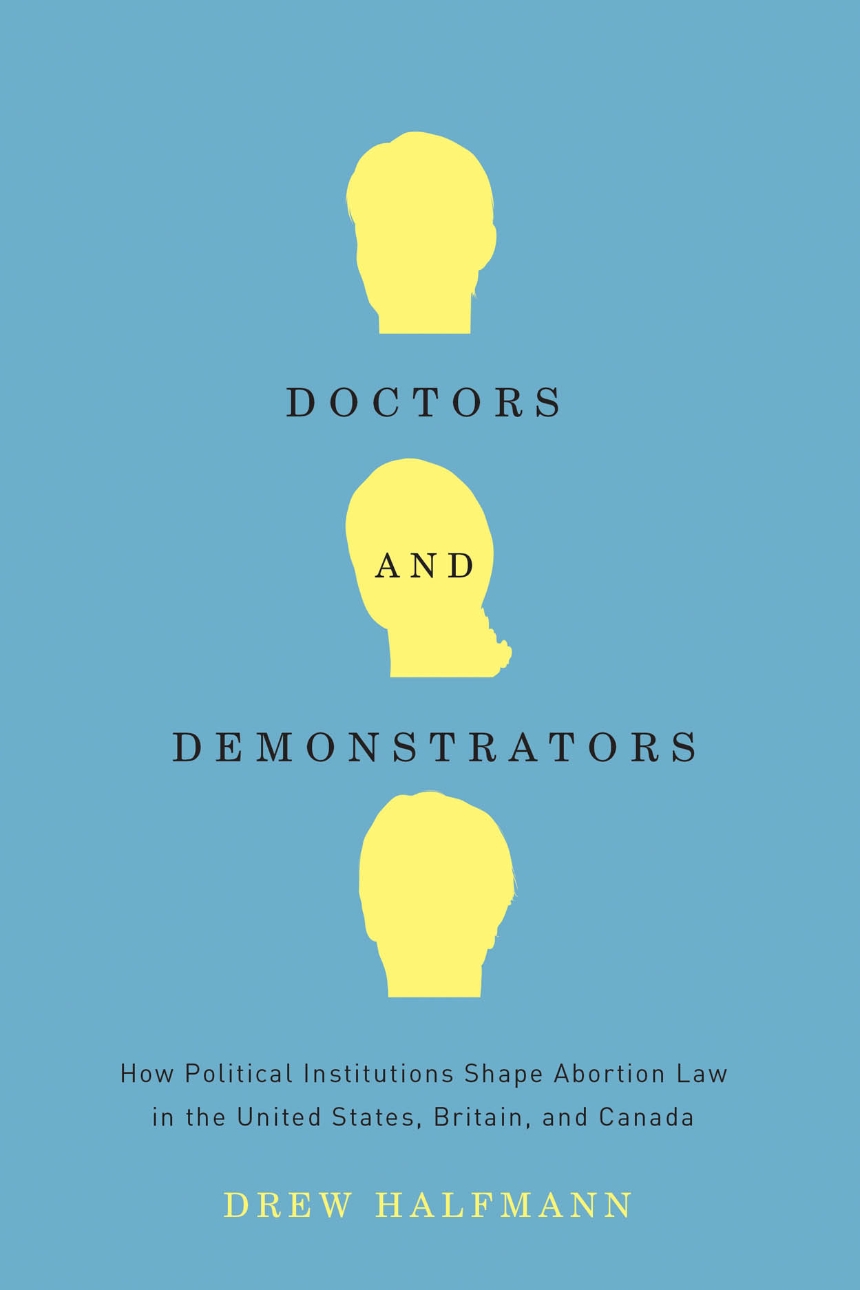Doctors and Demonstrators
How Political Institutions Shape Abortion Law in the United States, Britain, and Canada
9780226313436
9780226313429
9780226313443
Doctors and Demonstrators
How Political Institutions Shape Abortion Law in the United States, Britain, and Canada
Since Roe v. Wade, abortion has continued to be a divisive political issue in the United States. In contrast, it has remained primarily a medical issue in Britain and Canada despite the countries’ shared heritage. Doctors and Demonstrators looks beyond simplistic cultural or religious explanations to find out why abortion politics and policies differ so dramatically in these otherwise similar countries.
Drew Halfmann argues that political institutions are the key. In the United States, federalism, judicial review, and a private health care system contributed to the public definition of abortion as an individual right rather than a medical necessity. Meanwhile, Halfmann explains, the porous structure of American political parties gave pro-choice and pro-life groups the opportunity to move the issue onto the political agenda. A groundbreaking study of the complex legal and political factors behind the evolution of abortion policy, Doctors and Demonstrators will be vital for anyone trying to understand this contentious issue.
336 pages | 27 halftones | 6 x 9 | © 2011
Political Science: Comparative Politics
Sociology: Social Change, Social Movements, Political Sociology
Reviews
Table of Contents
List of Abbreviations
Acknowledgments
Acknowledgments
1 Introduction
Part One Abortion Reforms of the Long 1960s
2 The Reforms and Their Roots
3 Medical Interests and Priorities
Part Two After Reform
4 Abortion Services
5 The Politicization of Abortion
6 Policy Change after Reform
7 Political Institutions and Abortion Policy
References
Appendix 1 Statements on Abortion in American Party Platforms, 1972–2008
Appendix 2 U.S. Supreme Court Cases on Abortion
Appendix 3 Abortion Attitudes in the United States and Britain
Appendix 4 Abortion Funding and Provision in the United States, Britain, and Canada, 1970s–2000s
Appendix 5 Abortion Attitudes in the United States, Britain, and Canada, 1975–2004
Notes
Index
Awards
ASA Collective Behavior and Social Movements Section: Charles Tilly Award for Best Book
Won
Pacific Sociological Association: Distinguished Scholarship Award
Won
